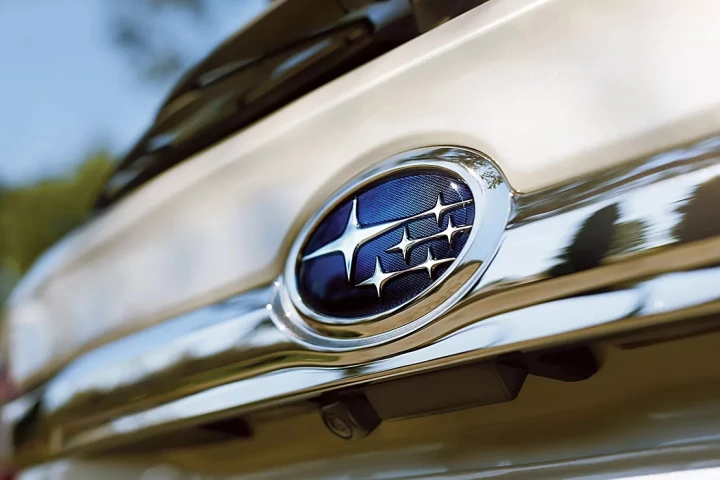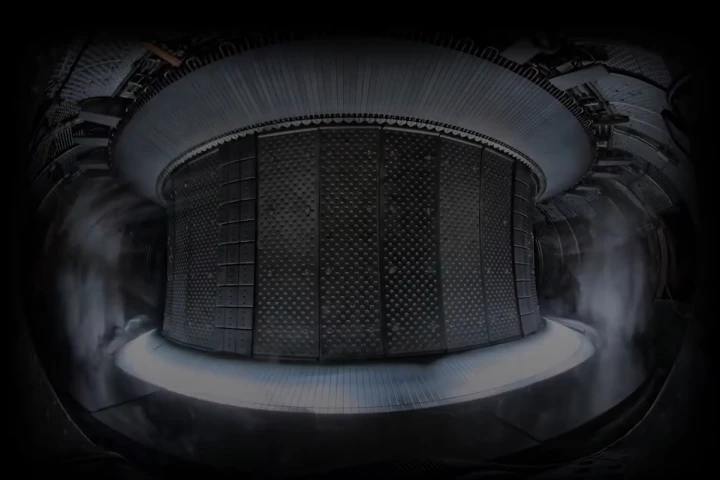The Snoppa Rover is a next-generation robotic camera dolly with active suspension. It doesn't need tracks or flat surfaces to give you effortless camera movements – whether hand-controlled or using the built-in wheel motors for pre-programmed shots.
There are many methods for achieving smooth camera movements these days. At the professional end, you've got heavy, complex, expensive Steadicam gear, and dolly tracks that require shots to be well planned in advance, and take significant time to set up. At the consumer end, there are hand-held gimbals, which can be finicky and imprecise, and which wear your arms down over a day's shooting, and there are consumer drones, which restrict camera choices, make a fair bit of noise and aren't appropriate for many settings.
The Snoppa Rover adds a versatile tool to the arsenal. It's a carbon/aluminum tripod with active suspension in each leg, so it can effortlessly maintain a smooth roll over uneven, bumpy surfaces like grass, dirt, sand and asphalt.
What's more, each wheel has a built-in high-torque motor and 360-degree steering system. So you can either choose to move the camera around by hand for total manual control, drive it with thumbsticks using radio transmitter control, or pre-plan automated shots in a number of flexible ways to have the Rover move automatically at speeds up to 8 m/s (28.8 km/h, 17.9 mph).

In manual control mode, the Rover can be set for completely free movement, or locked into orthogonal mode to ensure straight movements along an X or Y axis, or an arc mode to keep the subject at the same distance while moving sideways. In pre-program mode, you can draw out paths on a tablet, either directly between points or in complex movements – or you can manually move the Rover through its paces and have it repeat the exact same path in "time reversal" mode.
Because the wheels rotate in 360 degrees, the direction of the camera is independent from the orientation of the tripod. So while the Rover is moving, you can set it to lock the direction of shooting no matter which way the camera's going, to follow the camera so it's always facing in the direction of movement, or to keep a particular person or object in view using smart tracking.

The Snoppa app also allows camera control through a range of different interfaces, (HDMI, USB-C, SDI, Extension Port), allowing you to adjust camera settings on the fly, and also opening up the ability to shoot hyperlapses as a series of photos while the Rover moves through a planned path at a pre-determined speed.
It folds up to roll behind you, making it easy to transport. Dual batteries allow continual use even as one of them is charging. The legs can expand to three different widths to cater for different shooting conditions and can handle camera equipment up to 15 kg (33 lb), making it appropriate for any consumer-level camera and a lot of the professional market as well. The central tripod post can be raised up above head height for most people, or switched upside down to enable low angle shots right down to ground level.
While it's currently designed to accept a tripod head at the top, Snoppa is developing a system that integrates the Rover dolly and a stabilizing gimbal for totally automated or remote control of camera direction and even smoother footage. As it stands, you can fit a regular gimbal to the top of it easily, or a simple stills or video head depending on the application.

Snoppa is also developing a system that can sense and avoid obstacles during automated movement, preventing it from falling down holes or running into things that might tip it over, damaging both the Rover and the camera equipment.
Early bird discounts for this innovative and flexible camera dolly system are still available, so head here to grab one for yourself. And check it out in action in the video below.









